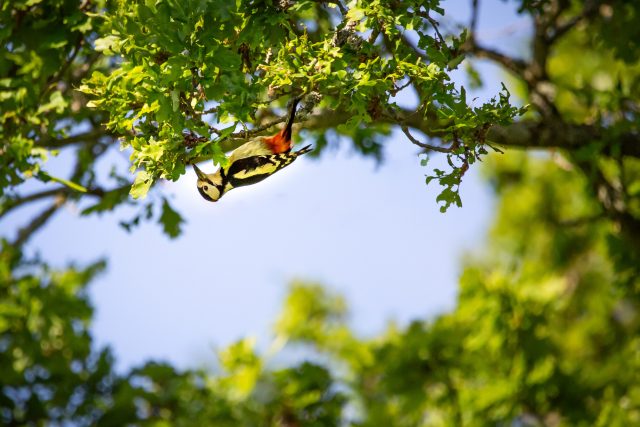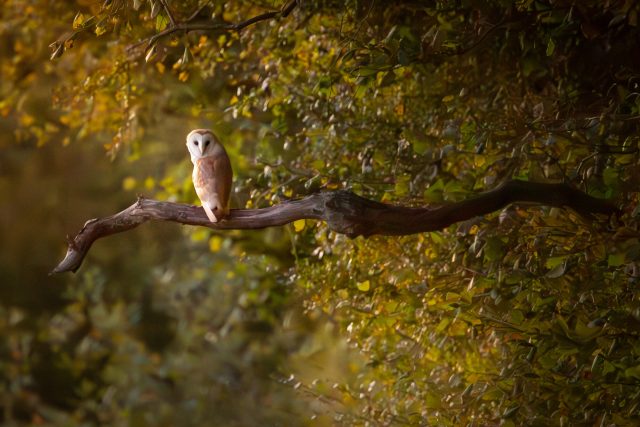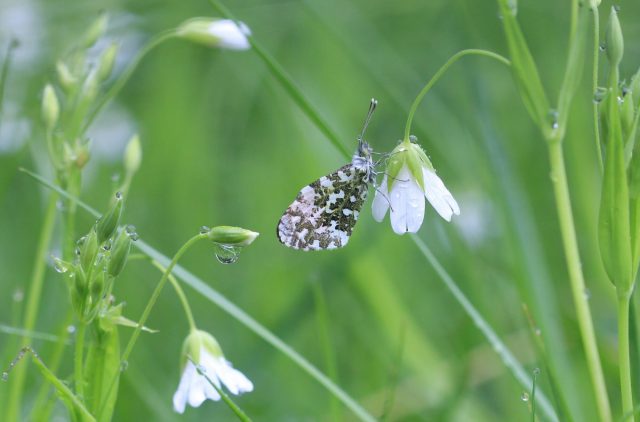Taking images of the birds, bees and butterflies that we see in the National Park is something that we know many people like to do, but like most things, it takes real skill to do it well.
This NaturePhotographyDay (15 June) we’re throwing the spotlight onto Sarah Womersley, one of the guardians of Blacknest Fields near Binsted in Hampshire.



Images: top – greater spotted woodpecker, bottom left – barn owl, bottom right – orange tip butterfly at rest.
Blacknest Fields is a community greenspace where volunteers and locals have come together to create an extraordinary home for wildlife.
Over the past few years Sarah has consistently documented the progress at this wonderful site through her stunning nature photography.
Some funding for the site has come from our Beelines grants and conservation advice from the SDNPA ranger team. Volunteers have been involved with hedging and pond creation, but Sarah has kept the momentum and inspiration going through her enthusiasm and photographs.
But its more than just looking at gorgeous imagery, there’s a helpful wildlife recording impact to nature photography too. Keeping records to monitor progress is such an important part of nature conservation. Sarah said:
“As well as allowing our online community of followers to enjoy the stunning wildlife that enjoys Blacknest Fields, thanks to visitors sharing their wildlife photographs with us, we have now managed to record an amazing 588 species at Blacknest Fields since the site opened to the public in 2022. This figure includes 162 flora, 391 fauna and 35 bryophytes, fungi and lichens.
Wherever possible we use people’s photos to confirm IDs for new species and record them online. Thanks to people sharing their photos online we now know that at least 31 species of butterfly use Blacknest Fields at different times of the year. It is likely that some of these records would have been missed if we relied on volunteer butterfly surveys alone.
Even though I run the butterfly survey at the fields I have never seen a Green hairstreak there, but we know from a local wildlife photographer that they have resided at the fields before and I remain hopeful of finding one this year!
Photos are also really helpful for identifying bumblebee species properly. If our volunteers can’t identify them we can share the photos with experts who are much more likely to be able to give us a confident ID.”
See more of Sarah’s images on instagram – @thefurthestmeadow
